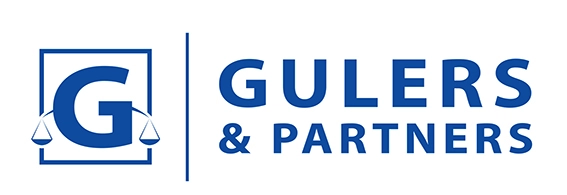The Report Chatbot Applications and ChatGPT Example is Published
One of the most noteworthy issues of recent years is certainly the developments in artificial intelligence. The use of artificial intelligence has spread to almost all areas and the emergence of many applications, specifically ChatGPT, has mobilised the authorities in many countries.
Authorities are closely observing the developments in artificial intelligence in Turkey. The Digital Transformation Office of the Presidency of the Republic of Turkey published a report titled “Chatbot Applications and ChatGPT Example” (Report) on 13 June 2023.
The Report consists of two main sections: “Chatbot Application” and “ChatGPT Example”. Chatbots, as of the first part of the Report; is defined as a software that could be used in almost every area of business life and saves time by establishing fast communication with users.
Under the “Chatbot Application” section of the report, the definition, background, varieties and functions of chatbots with examples of the companies that use chatbots are covered in detail. In addition, the Report includes many subheadings, including the potential benefits of chatbot applications for businesses and customers, security and privacy, how they protect user data, potential attack risks and precautions. The “Chatbot Application” section is summarised as follows:
- Chatbots are subject to various classifications. However, they are basically classified as (i) rule-based chatbots and (ii) artificial intelligence chatbots.
- According to their functions, chatbots are categorised as (i) business management, (ii) gaming, (iii) music, (iv) assistant and (v) education chatbots.
- According to the interface used, chatbots are divided into three categories: (i) menu/button-based chatbots, (ii) keyword recognition-based chatbots, and (iii) content-based chatbots.
- The Report includes the purposes of use of chatbots and the benefits they provide for businesses and customers.
- In the sub-heading “Potential Attack Risks for Personal Assistant Chatbots”, it is stated that the chatbot architecture consists of 4 modules: (i) client module, (ii) communication module, (iii) response generation module and (iv) database module. In this chapter of the Report, potential attack risks for each module are included.
- Regarding the security and data protection in Chatbots; (i) authentication and authorisation, (ii) end-to-end encryption, (iii) self-destructing messages, and (iv) user contact data, backend side methods are included in the Report.
The second part of the Report focuses on ChatGPT. In this section, ChatGPT is examined in detail under many subheadings, specifically what ChatGPT is, how it works, its usage areas and disadvantages. ChatGPT is defined in the Report as “artificial intelligence developed to fulfil various functions, specifically to provide detailed answers to all queries of users”.
The bullet points under the heading “ChatGPT Example” of the Report are briefly as follows:
- The benefits of ChatGPT are outlined in the Report, as increasing efficiency, providing an improved accuracy model and cost savings. However, ChatGPT’s limited capabilities such as disinformation, inability to multiply large numbers and inaccuracy in some information are counted among its disadvantages.
- It is stated that ChatGPT has many different fields of use, specifically e-commerce sites, education and entertainment.
- The Report includes detailed explanations on the security risks of ChatGPT such as phishing e-mails, data theft, malware, malicious website and botnet attacks.
With the digital transformation, the importance of chatbots, which are used effectively in various fields such as communication, marketing, entertainment and education, is increasing every day. Moreover, the growth in the chatbot market and the developments in this field with new language models such as ChatGPT developed with artificial intelligence technology are quite noteworthy. Compliance with the regulations enacted in ChatGPT in particular and chatbot technology in general is very essential in terms of minimizing legal risk.
You can reach the full text of the Report here (only available in Turkish).
Tagged with: Gökçe, Görkem Gökçe, Yağmur Yollu, Technology & Telecoms, Chatbot, ChatGPT




















































 Successful
Successful